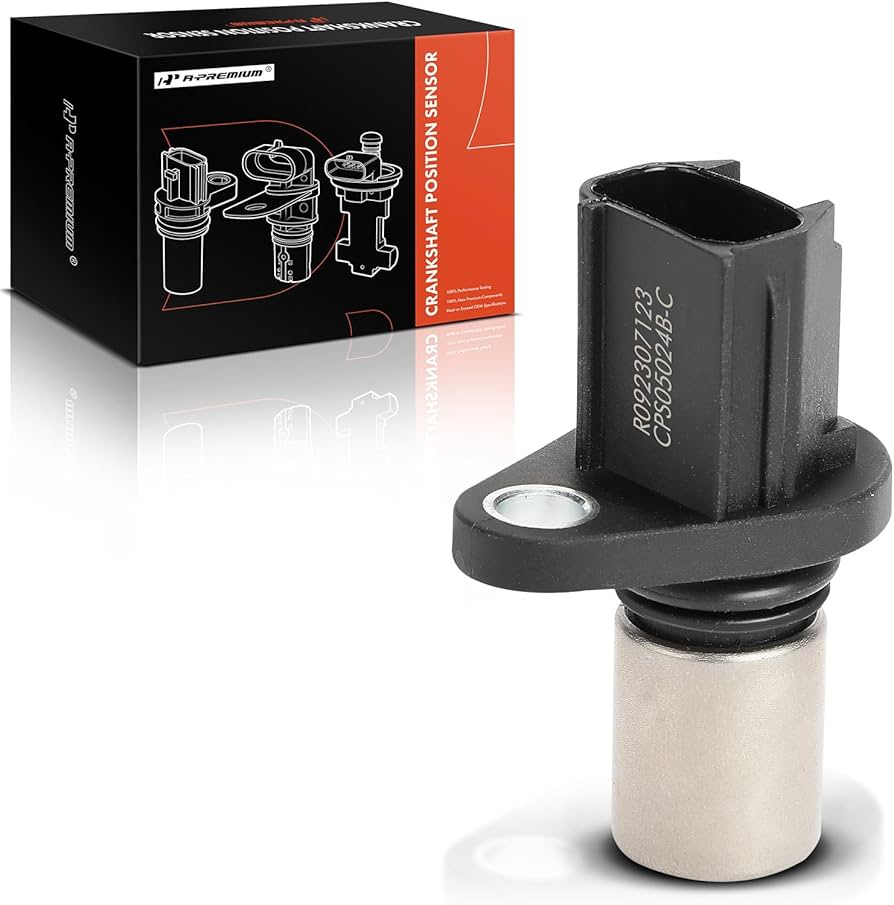Cam Sensor
Overview
Topics
Overview
This course provides an in-depth understanding of cam sensors, their functions, types, and importance in automotive systems. Participants will learn how cam sensors work, how to diagnose issues, and how to maintain them for optimal vehicle performance.
Topics
Introduction to Cam Sensors
- Overview of camshaft position sensors and their role in engine management
- Importance of cam sensors in fuel injection and ignition timing
Types of Cam Sensors
- Magnetic Sensors: How they operate and their applications
- Hall Effect Sensors: Principles of operation and advantages
- Optical Sensors: Working mechanism and use cases
Operating Principles
- How cam sensors detect the position and speed of the camshaft
- The relationship between camshaft position and engine timing
Sensor Components and Construction
- Key components of cam sensors: housing, sensing element, and electrical connections
- Understanding the construction and materials used
Installation and Calibration
- Proper installation techniques for cam sensors
- Calibration processes to ensure accurate readings
Diagnostics and Troubleshooting
- Common symptoms of cam sensor failure (e.g., rough idle, stalling)
- Diagnostic tools and methods for troubleshooting cam sensors
Maintenance Practices
- Routine checks and maintenance for cam sensors
- Preventative measures to avoid sensor failure
Hands-On Demonstration
- Practical exercises in testing, installing, and diagnosing cam sensors
- Real-world scenarios to reinforce learning
Future Trends in Cam Sensor Technology
- Innovations and advancements in cam sensor technology
- The impact of new technologies on automotive systems
Conclusion and Q&A
- Summary of key concepts and skills covered in the course
- Open discussion for questions and clarifications

